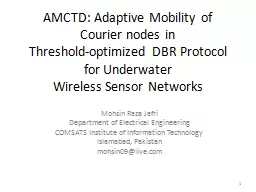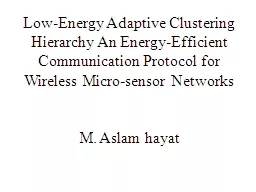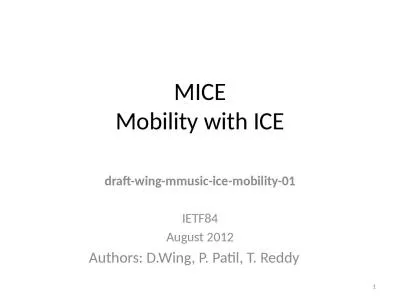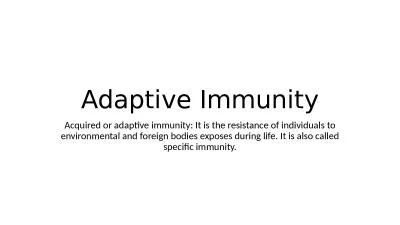PPT-AMCTD: Adaptive Mobility of Courier nodes in
Author : phoebe-click | Published Date : 2015-11-15
Thresholdoptimized DBR Protocol for Underwater Wireless Sensor Networks Mohsin Raza Jafri Department of Electrical Engineering COMSATS Institute of Information
Presentation Embed Code
Download Presentation
Download Presentation The PPT/PDF document "AMCTD: Adaptive Mobility of Courier node..." is the property of its rightful owner. Permission is granted to download and print the materials on this website for personal, non-commercial use only, and to display it on your personal computer provided you do not modify the materials and that you retain all copyright notices contained in the materials. By downloading content from our website, you accept the terms of this agreement.
AMCTD: Adaptive Mobility of Courier nodes in: Transcript
Download Rules Of Document
"AMCTD: Adaptive Mobility of Courier nodes in"The content belongs to its owner. You may download and print it for personal use, without modification, and keep all copyright notices. By downloading, you agree to these terms.
Related Documents














